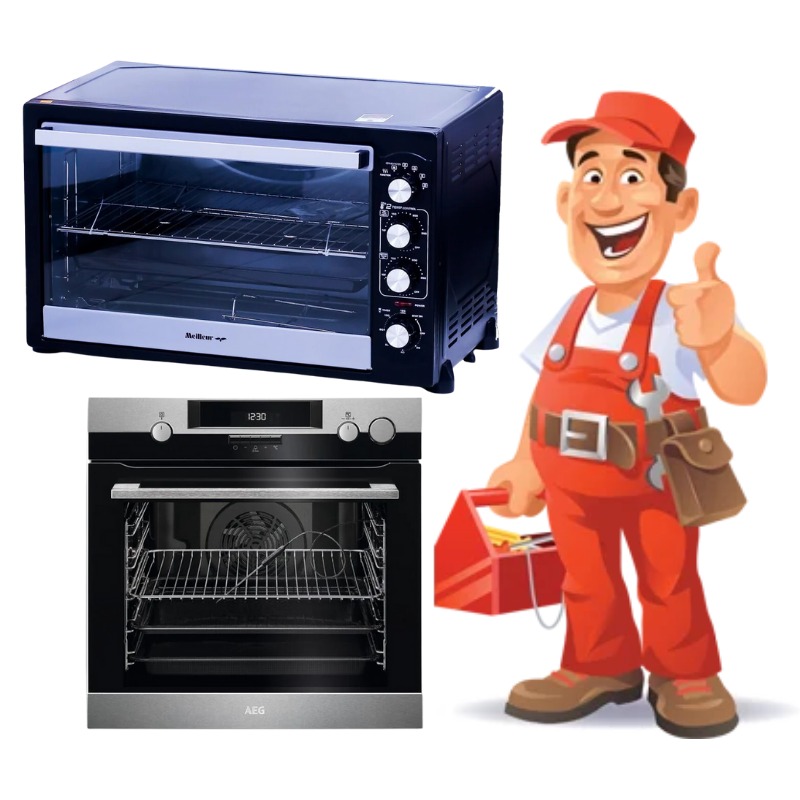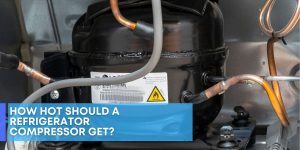Ovens come in a variety of shapes and sizes. The most common ovens are the standard range or kitchen ovens, with a width of 24 inches and a depth of 26 inches. There are also smaller ovens that can fit on a countertop and larger ovens that can be placed inside a cabinet.
The interior of an oven is filled with gas or electric heating elements that cook food by baking, broiling, or roasting it. The doors open to let heat into the oven and close again to trap the heat so the food cooks evenly.
There are four main parts to an oven: the door, the cooking chamber, the broiler pan, and the cooling fan.
The door is usually made from heavy-duty metal with a hinge at one end and a handle at the other. It swings open to let in air and heat and closes tightly to trap heat inside the cooking chamber.
The cooking chamber is where food is cooked by being exposed to hot air or gas. It’s usually about twice as wide as it is deep, so there’s plenty of room for racks of food to cook evenly.
The broiler pan is used for cooking food over a direct flame without having it exposed to air or gas. It’s made from heavy gauge steel so it can hold lots of weight without warping or scorching your food.
The cooling fan speeds up the process of converting cold air into warm air so the oven can continue to operate.
When your oven is not working, it can be frustrating and inconvenient. Some of the common symptoms of an oven not working include failure to heat up, uneven heating, unusual noises, and error messages on display. Additionally, the oven door may not close properly, or the oven may not turn on at all. These symptoms can indicate various problems, including malfunctioning heating elements, faulty thermostats, or broken igniters. It’s important to address these issues promptly to ensure safe and efficient operation of your oven. Seeking the help of a professional oven repair service can diagnose and fix these issues to get your oven back in working order.





















